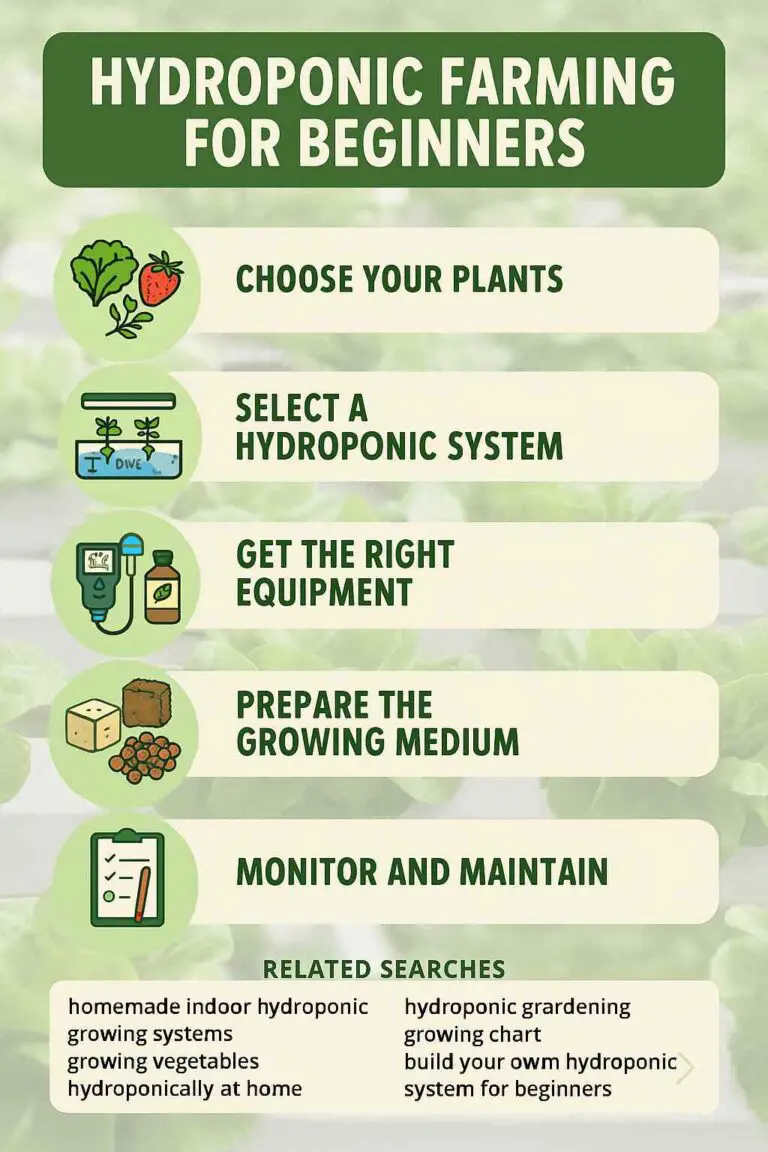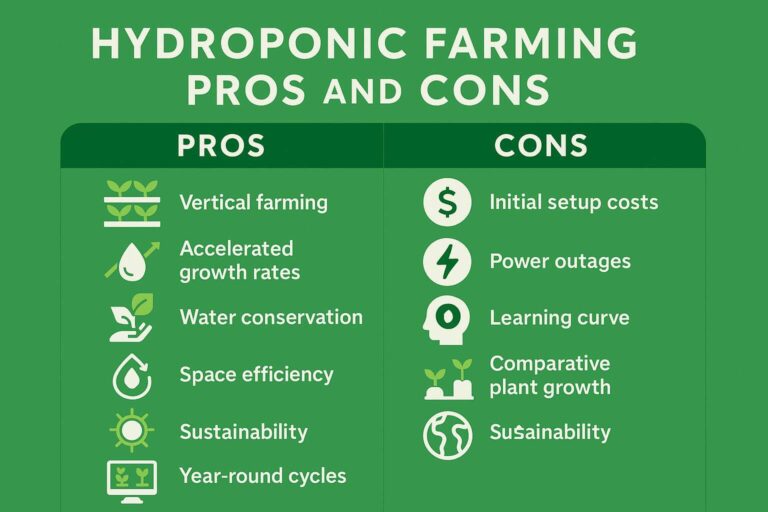When you think of exercise, images of gyms, treadmills, and weightlifting may come to mind. However, physical activity doesn’t always have to take place in a structured setting. Many people find themselves breaking a sweat and getting their heart rate up while tending to their yards and gardens. But is yard work exercise?
Yes, yard work can be considered a form of exercise. It involves various physical activities such as mowing the lawn, weeding, raking, and lifting, which engage different muscle groups and promote cardiovascular fitness. Yard work contributes to improved strength, endurance, flexibility, and overall well-being. While it may not replace a structured exercise routine for specific fitness goals, it offers valuable physical benefits and an opportunity to connect with nature.
In this article, we’ll dive into gardening and lawn care to explore the physical benefits they offer and whether they can be considered a legitimate form of exercise.
The Many Facets of Yard Work
Yard work encompasses a wide range of activities, from mowing the lawn and weeding the garden to raking leaves and digging holes for new plants. Each of these tasks requires physical effort and engages different muscle groups. To determine whether yard work qualifies as exercise, it’s essential to examine the various aspects of this outdoor activity.
1. Mowing the Lawn
Mowing the lawn is a quintessential yard work task for homeowners. It involves pushing or riding a lawnmower to trim the grass to a uniform height. This activity engages your leg muscles, particularly the quadriceps, hamstrings, and calves. The pushing or pulling motion required for manual mowers can also work your upper body muscles, including the shoulders, arms, and chest.
2. Weeding and Digging
Weeding the garden and digging holes for new plants are excellent examples of activities that require strength and endurance. The repetitive motion of bending down, pulling weeds, and using a shovel engages your core, back, and leg muscles. These actions mimic certain aspects of strength training exercises, such as squats and deadlifts.
3. Raking and Sweeping
Raking leaves or sweeping your yard involves continuous arm and upper body movements. These actions help improve your arm strength, shoulder stability, and endurance. Plus, they can give your heart rate a boost, especially if you’re tackling a large yard covered in leaves.
4. Planting and Pruning
Planting new flowers, trees, or shrubs, and pruning existing plants are tasks that demand precision and fine motor skills. These activities may not be as physically demanding as others, but they engage your hand and finger muscles, contributing to overall dexterity and coordination.
5. Lifting and Carrying
Yard work often involves lifting and carrying heavy objects like bags of mulch, soil, or rocks. This aspect of yard work can provide resistance training for your muscles, helping to build strength in your arms, legs, and core.
The Physical Benefits of Yard Work
Now that we’ve explored the different aspects of yard work, let’s delve into the physical benefits it can offer. While yard work may not replace a dedicated exercise routine, it can still contribute to your overall physical well-being in several ways.
1. Cardiovascular Fitness
Many yard work activities can elevate your heart rate and increase your breathing rate, promoting cardiovascular fitness. For example, mowing the lawn, raking leaves, and vigorously digging can be aerobic exercises that help improve your endurance and lung capacity over time.
2. Strength and Muscle Tone
Yard work involves various muscle groups, making it a full-body workout. Regular engagement in yard work tasks can lead to improved muscle strength and tone, particularly in the legs, back, arms, and core. This added strength can help with everyday activities and reduce the risk of injuries.
3. Flexibility and Range of Motion
Bending, twisting, and reaching while gardening or doing lawn work can enhance your flexibility and range of motion. These movements help keep your joints and muscles supple, making it easier to perform daily tasks and reducing the risk of musculoskeletal issues.
4. Stress Reduction
Spending time in your yard or garden can have mental health benefits as well. It provides an opportunity to connect with nature, reduce stress, and improve your overall well-being. The combination of physical activity and exposure to green spaces has been shown to have a positive impact on mental health.
5. Vitamin D Absorption
Yard work often involves spending time outdoors, which allows your body to soak up vitamin D from the sun. Vitamin D is essential for bone health, immune function, and overall well-being. Just be sure to protect your skin from excessive sun exposure by wearing sunscreen and appropriate clothing.
6. Caloric Expenditure
Engaging in yard work can burn calories, contributing to weight management and calorie balance. The number of calories burned varies depending on the intensity and duration of the activity, but it can be a helpful component of a weight management plan.
Yard Work vs. Traditional Exercise
While yard work offers numerous physical benefits, it’s essential to distinguish it from traditional exercise. Yard work is typically a combination of various tasks that engage different muscle groups and provide a well-rounded physical experience. However, it lacks the structured and systematic approach of a dedicated exercise routine.
Traditional exercise, such as going to the gym, running, or cycling, is designed to target specific fitness goals, such as building muscle, improving endurance, or increasing flexibility. These activities often involve carefully planned workouts with progressive intensity and duration.
In contrast, yard work is more spontaneous and varied. It may involve bursts of high-intensity activity, followed by periods of rest or lighter work. While this variability can be beneficial, it may not be as effective as a structured exercise program for achieving specific fitness objectives.
Additionally, yard work may not provide the same level of consistency and control over variables like intensity, duration, and frequency as traditional exercise. Therefore, individuals looking to achieve precise fitness goals may need to supplement their yard work with a dedicated exercise regimen.
Maximizing the Exercise Benefits of Yard Work
If you want to maximize the exercise benefits of yard work, here are some tips to consider:
1. Maintain Good Posture
Pay attention to your posture while performing yard work tasks to minimize the risk of strains and injuries. Use proper body mechanics when lifting heavy objects, bend at your knees rather than your waist, and avoid overreaching or twisting your back.
2. Stay Hydrated
Yard work can be physically demanding, leading to increased sweating and fluid loss. Make sure to stay hydrated by drinking water regularly, especially on hot days.
3. Use the Right Tools
Invest in high-quality, ergonomic tools that are appropriate for your body size and the task at hand. Using the right tools can help reduce the physical strain associated with yard work.
4. Take Breaks
Avoid overexertion by taking regular breaks during your yard work sessions. Give your body a chance to rest and recover, especially if you’re tackling a significant project.
5. Warm-Up and Stretch
Before starting any yard work, take a few minutes to warm up your muscles with light stretching exercises. This can help prevent injuries and improve your flexibility.
6. Rotate Tasks
To prevent overuse injuries, rotate between different yard work tasks. For example, if you’ve been digging for a while, switch to a less strenuous task like pruning or weeding.
7. Monitor Your Heart Rate
Consider using a fitness tracker or heart rate monitor to gauge the intensity of your yard work activities. This can help ensure that you’re getting the cardiovascular benefits you desire.
8. Incorporate Intervals
To increase the intensity of your yard work, consider incorporating interval training. Alternate between periods of high-intensity work (e.g., raking vigorously) and lower-intensity activities (e.g., walking or resting).
Conclusion
Is yard work exercise? While it may not replace a dedicated exercise routine for individuals with specific fitness goals, yard work offers numerous physical benefits. It engages various muscle groups, promotes cardiovascular fitness, and contributes to overall well-being. Plus, it provides an opportunity to connect with nature and reduce stress.
So, the next time you find yourself tending to your garden or mowing the lawn, remember that you’re not just beautifying your outdoor space—you’re also giving your body a workout. Embrace yard work as a form of physical activity, stay mindful of proper techniques and safety precautions, and enjoy the many benefits it brings to your health and well-being.








